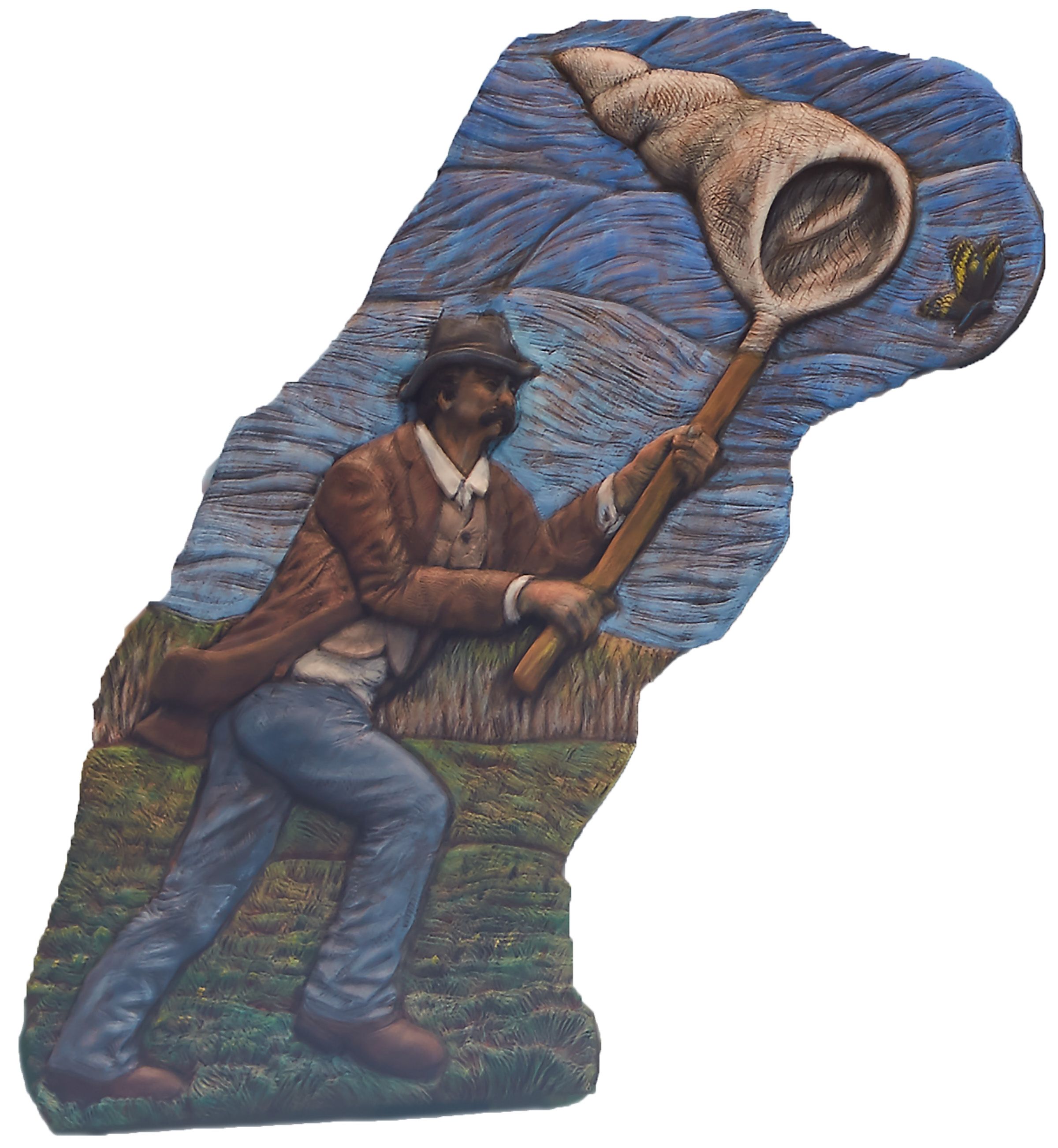
The Whitford Stopping House was located close to the south side of the Blindman River, and on the east side of the C & E Trail, just south of Blackfalds. A Stopping House was a rural food and lodging place, offering shelter and welcome rest and refreshment for the stagecoaches, freighters and other travelers along the trail, where they could rest after an often-grueling time on the trail.
The Whitford Stopping House, initially called the Blindman Crossing, was run first by the Métis family of Thomas and Catherine Anderson, who were living in the area since at least 1883. The stopping house was later run by their daughter and son-in-law, Charles and Nancy Whitford. This stop had a long, rambling log house, with additions, as well as shelter and corrals for the horses. The cost for a meal was 50 cents for bannock and butter, and 75 cents for stabling and oats for a team of horses overnight. Since many of the stopping houses were beside a river, watering the horse or oxen was any easy task.

Whitford Stopping House at Blindman Crossing, Glenbow Archives na-1905-2
This stop was about the half way point on the trail and kept up to 25 head of relay horses for the stagecoach. It was sold in the fall of 1887, and the buildings were later moved to a river crossing further east along the Blindman River. Soon there was no need for the stopping houses when the Canadian Pacific railroad line was built from Calgary to Edmonton in 1891.
Charles Whitford came to Alberta in 1865, starting out in the Beaver Hill Lake area, south east of Edmonton, near what is now Tofield. The Whitford family was one of the earliest Métis families to come to what is now Alberta from Red River.
From 1868 to 1872, Charles Whitford helped the McDougalls at the Pigeon Lake Mission. It was said he helped transport the most significant spiritual object in western Canadian Indigenous history, the Manitou Stone, also known as the Iron Creek Meteorite, from Iron Creek, SW of Viking, AB. to Victoria Settlement and then on to the Victoria Methodist College in Ontario. Rev. McDougall attempted to use this stone as a way to draw Indigenous people to Christianity.
Charles Whitford was also the local enumerator for the Red Deer area, for the 1885 provincial census, which revealed a population of 5111 Europeans, 2276 Métis and 3191 First Nations people.

Nancy and Charles Whitford







